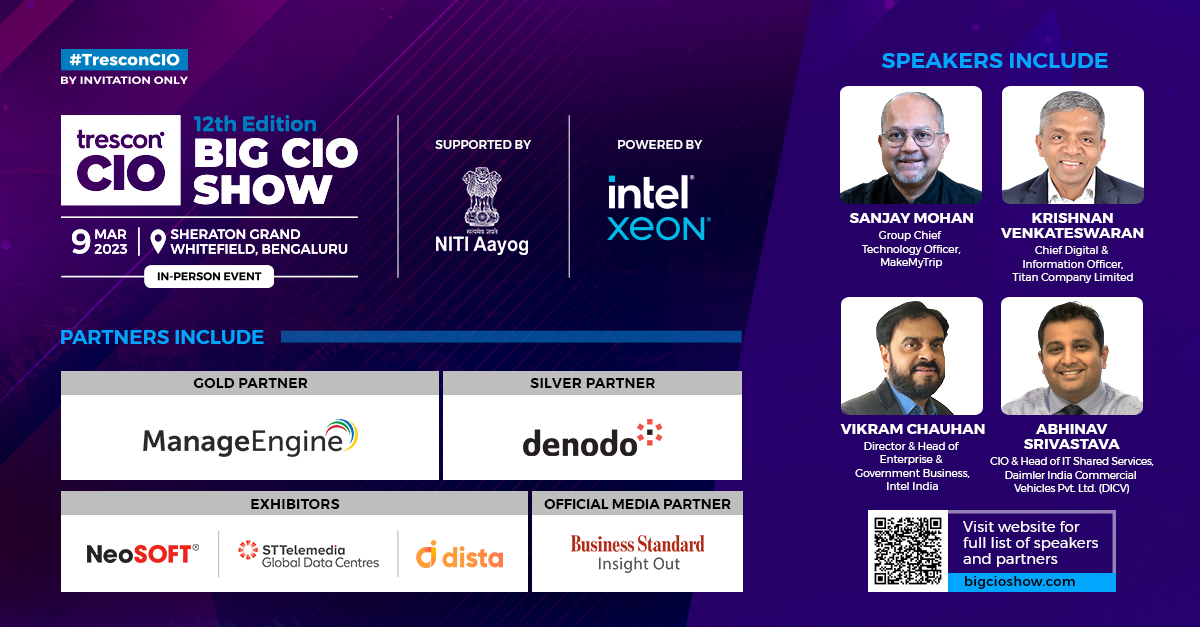Firstpost Explains: What is a Smart Ball – the ‘ball with a microchip’ – set to be used for first time in professional league?
Firstpost Explains: What is a Smart Ball – the ‘ball with a microchip’ – set to be used for first time in professional league?

Whenever there is a talk of technology in cricket, inevitably one of the first things that come to mind is Sachin Tendulkar's run out by Jonty Rhodes in the 1992-93 Durban Test. Tendulkar became the first batsman to be given out by a third umpire when South Africa's Karl Liebenberg pressed the red button. The use of television replays to determine run outs and stumping was a seminal moment in the sport where technology had played an important role. And it proved to be a vital addition to cricket's armoury.
Technology has become an integral part of cricket. And it has rapidly advanced with time. The Hawkeyes, the Snickos, the Hot Spots, the Spider Cams, the speed guns, the stump mics and cams, the LED stumps and bails, have all changed the way the game is played, analysed, watched, perceived, and consumed. In this ever-evolving world of technology, cricket is now bracing for another technological innovation – the Smart Ball.
This year's Caribbean Premier League (CPL 2021) will be a different ball game. Well, literally. There will be a Smart Ball used in the tournament instead of the traditional ball, developed by sports technology company Sportcor in collaboration with leading ball manufacturer Kookaburra. It will be the first time such kind of a ball will be used in a professional league.
So, let's get straight to the point. What is this Smart Ball?
The smart ball is kind of an intelligent ball that has an electronic chip embedded in it. The chip with sensors sends information such as speed, spin, power in real-time which can be viewed on a smartwatch, mobile or a tablet or computer/laptop via a specially designed app. The data can then be used to analyse, compare, broadcast and recognise talent.
Does the Smart Ball behave differently as compared to the regular Kookaburra ball?
No, it doesn't. According to the manufacturers, all the behavioral characteristics are same as the traditional ball. The look and feel are the same and the weight doesn't increase in spite of the chip inside.
"We had it tested and verified at the University of Queensland where they had the process where Cricket Australia developed the pink ball," former Australia pacer Michael Kasprowicz who is now the chairman and co-founder of Sportcor, tells Firstpost. "They (CA) are really rigid about this process. So we went through it and had it third-party verified. The ball's been used in a blind test in Australian cricket in a Marsh Cup 50-over match where the balls were used in the match just to have a look and see if there was any reaction from the players. And there was none. So we've had everything verified and measured. All we've done is replace the cork rubber compound. It's in the centre of the cricket ball. And matched it perfectly (with the chip)."
What are the data points that the Smart Ball provides currently?
Speed, spin, and power. The unique thing about the ball is it gives the spin and speed of the ball post bounce as well. The other technologies available right now record speed at the point of release of the ball and before hitting the pitch. Smart Ball has the following in-depth data points
1) Pre-Bounce Speed (km/h) - Speed just before the ball bounces
2) Post-Bounce Speed (km/h) - Speed of the ball just after it bounces
3) Release Spin (RPM) - Revolutions on the ball at the point the bowler releases it
4) Post-Bounce Spin (RPM) - Revolutions after the bounce
5) Power (Watts) - Amount of power/effort the bowler puts into the ball
How does the information transfer actually work?
The operator needs to press a button on the app which sends a command to start recording as the bowler is about to deliver. The multiple advanced movement sensors then collect the data and transmit it to the gateway (router) (which will be placed in the ground) via Bluetooth and from there it is sent to the cloud for collection, storage and computation of data via physics and AI-based algorithms.
The detailed analysis is then displayed on the laptops/computers in form of numbers. With regards to mobile, the information from the ball is directly transferred to the mobile via Bluetooth and the results can be viewed on the App on mobile. Using off-the-shelf components and Bluetooth is the key to scaling the ball into the consumer market. The electronics inside the ball are nearly the exact same as what is inside a smartwatch – the only difference is there is no screen or a heart rate monitor. Smart Ball uses Bluetooth to communicate from the ball to a phone, where the user has an app that allows them to connect and receive the data.
How fast is the process?
From the time the ball is bowled to producing the results, it takes about an average of five seconds for the entire process to work.
The manufacturing of the ball
The cork rubber core of the traditional Kookaburra ball is replaced by Sportcor's specially designed core which carries the electronic chip.
This core is passed on to Kookaburra as a replacement to their normal nucleus, and from that point the ball is manufactured the exact same as a regular ball. The core has been specifically designed to behave the same as a normal core, so you can’t spot the difference. It doesn't change the physical as well as behavioral characteristics of the ball.
By using a custom blend of impact resistant resins and silicone rubber, the chip is protected in a similar way to how the NFL helmets work. There’s a hard, protective shell, a soft impact absorbing frame, and another protective layer within that frame. It starts with a frame of soft silicone composite that holds the electronics in place. The frame is then filled with a settable resin that secures the electronics, making sure they can't move around and balancing the weight of the total unit.
Finally, a hard outer shell made of a customised elastic polymer is snapped around the frame. This has quite a unique look but is intentionally designed for balance, bounce, and compression so the end result is a smart cricket ball that looks, feels and most importantly performs the same as a regular ball.
The electronics are manufactured in Australia out of a facility that specialises in military and aerospace electronics.
“We took inspiration from nature in the design and looked to how the skull works in protecting the brain, explains Ben Tattersfield, the founder and CEO of Sportcor.
“Hard on the outside with a surprising amount of flexibility, then a softer protective layer around the delicate inner to make sure it doesn't move around and give itself a concussion, or in our case break a delicate wire or component.”
How much distance does the Bluetooth cover?
When using it in the nets and using the phone, the coverage is about 40 metres. For broadcast and stadium applications, there is custom built computer with a very sensitive antenna (called the gateway) which allows for ranges of between 150 and 200 meters.
Is the battery inside the chip rechargeable? If not, how long does the battery last?
Right now, Smart Ball uses a non-rechargeable battery. The battery embedded inside lasts for over 30 hours of playing time.
What does it provide more than the other existing technologies in play like the Hawkeye and the speed guns?
- It provides speed and spin of the ball post bounce
- It measures the power (force) that bowlers exert with each ball bowled
- It provides an affordable solution for data collection and can be helpful especially for amateur cricketers and coaches, Associate cricket, and domestic tournaments that may not be using costly ball-tracking technologies.
- It is not looking to compete with existing technology but looking to complement it for increased accuracy.
With the Gayles and Russells of the world going berserk in the CPL, can this ball withstand the brute force?
“It is super durable”, says Kasprowicz. Sportscor has tested the ball with their air cannons where the balls are repetatively smacked at around 300 km/hr to check the difference and durability. The ball has survived and in the last six months, they haven't had an instance of the ball going out of shape, confirms the former Australian pacer.
Oh, and how did the idea of creating something like this come about?
Well, just like numerous origin stories behind successful innovations, this is also an interesting one. Hear it from the horse's mouth itself.
"I started the company back in 2016 after a terrible round of golf," says Tattersfield. "I love the sport but I’m definitely not the best player, so I came up with the concept of a golf ball that made a noise, so you could find it in the bushes. This changed to a golf ball that connected to your phone and used a bullet trajectory algorithm to predict where your ball was going.
I pitched the concept with a rough POC to a major golf ball manufacturer who said ‘great idea, but we make our money selling balls to people who lose them’ and that killed that concept. I did what all good start-up founders do when their initial idea is shot down, and pivoted, finding another sport that might be interested in the data from a ball with sensors inside – Cricket. I emailed Kookaburra explaining what I had and the idea of making a smart cricket ball, and within 6 months we had a deal to work together on developing the smart cricket ball."



 Admin
Admin 








































